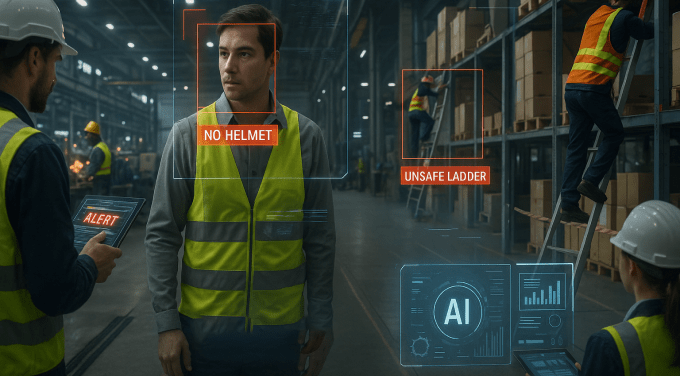In an era where efficiency and transparency define success, many organizations are turning to employee time tracking software to monitor work hours, manage teams, and improve overall productivity. This technology has shifted from being a convenience to a necessity, especially with the increasing adoption of remote and hybrid work models. It helps businesses ensure accountability, allocate resources effectively, and make informed operational decisions.
Key Features of Time Tracking
Streamlined Workflows
Time tracking helps identify where time is being spent and highlights inefficiencies in daily operations. With this clarity, managers can streamline workflows, redistribute workloads, and improve collaboration across teams, ensuring that everyone focuses on tasks that matter most.
Transparent Performance Monitoring
Employee time tracking supports fair and objective performance evaluations by offering concrete data. It allows managers to track task completion rates, identify delays, and understand work habits, fostering a culture of responsibility and continuous improvement.
Better Client Trust and Billing Accuracy
For service-based industries, accurate billing is critical. Time tracking software ensures that every billable hour is documented and accounted for, enhancing transparency with clients. This builds trust and reduces potential disputes over time spent on deliverables.
Smarter Decision-Making
The analytics provided by time tracking software empower leadership to make more informed decisions. Whether it’s identifying overworked employees, forecasting project timelines, or adjusting staffing levels, having access to accurate time data leads to better planning and stronger performance.
Empowered Employees
When employees have access to their own time data, they gain awareness of how their day is structured. This encourages better time management and helps individuals take initiative to improve their productivity, prioritize important tasks, and avoid burnout.
Essential Features of Time Tracking Software
Real-Time Time Logging
Real-time tracking eliminates the need for manual entry and reduces the chances of forgetting to log time. It ensures accuracy and saves valuable time for employees, allowing them to concentrate on their core responsibilities.
Activity Monitoring
With features like activity levels, optional screenshots, and idle time detection, managers can gain insights into how work is progressing without micromanaging. This builds trust while ensuring that productivity stays on track, especially with remote teams.
Cross-Platform Support
Employee time tracking software is often available on desktops, tablets, and mobile devices, allowing users to log time wherever they are working. This flexibility is vital for today’s mobile workforce, where tasks may be completed from multiple locations or on the move.
Seamless Integrations
Modern time tracking tools integrate with project management systems, CRMs, accounting platforms, and communication apps. These integrations enhance visibility, improve automation, and reduce the need to switch between multiple tools during the workday.
Reports and Analytics
The software offers detailed reporting and visual dashboards that display individual and team productivity, time spent on projects, and cost estimations. These insights are invaluable for resource planning, budget allocation, and long-term strategic decisions.
Conclusion
Employee time tracking software has become a powerful asset for organizations striving to balance performance, accountability, and flexibility. It not only helps in monitoring time but also plays a crucial role in strategic planning, employee engagement, and client satisfaction. By integrating it thoughtfully into daily operations, businesses can unlock new levels of productivity and foster a culture of transparency, efficiency, and continuous improvement.













